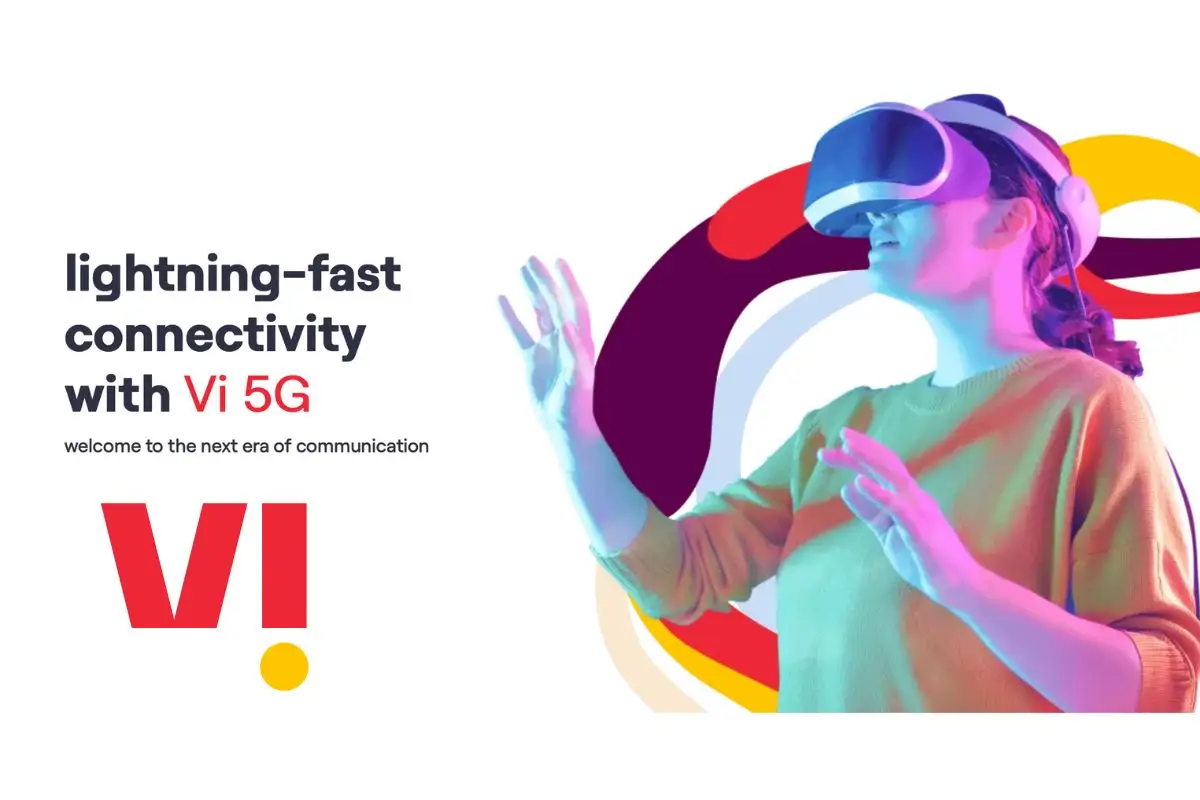
Vodafone Idea (Vi) commercially launched 5G services in Mumbai in March, with a planned launch in April for Delhi, Bangalore, Chandigarh, and Patna. Vi has also launched 5G services across multiple cricket stadiums in India to enable cricket fans to experience 5G. It's already known that Vi is a late entrant in the Indian market for launching 5G services, nearly two and a half years after Bharti Airtel and Reliance Jio launched their 5G services. However, the telco considers this an advantage and benefit, according to its investor presentation filed with exchanges on Wednesday, April 9.
Also Read: Prices Need Further Uptick to Generate Reasonable Returns: Vodafone Idea
Late 5G Entry Seen as Strategic Advantage
"Late adaptation of 5G leading in embracing latest advanced technology products and cost efficiency," Vi said in its presentation to investors. That said, the operator highlighted that 90 percent of TDD Radios are 5G-ready, while all new basebands are 5G-capable. TDD (Time Division Duplexing) is a method of duplexing (simultaneous two-way communication) used in wireless communication, where uplink (device to network) and downlink (network to device) transmissions occur on the same frequency band but at different time slots. Furthermore, Vi reported achieving 9.8 Gbps in E-band MW throughput backhaul trial.
Vi's Disaggregated Radio Access Network (RAN) is bringing cost efficiency, new capabilities, and new service offerings, Vi has said, adding that a scalable and agile business model is enabling network automation.
The company highlighted its core edge cloud deployment, saying that its over 60 distributed cloud locations have the potential to meet future-ready edge use cases with an architecture to optimise latency and provide a better customer experience.
Also Read: Macquarie Downgrades Vodafone Idea on Fresh Govt Equity Infusion: Report
Focus on 17 Priority Circles for Growth
With focused network investment in 17 priority circles, the company claims to be the largest operator in terms of RMS (Revenue Market Share) in Kerala and Mumbai. It is the second-largest operator in just one circle: Gujarat. In 14 of the 17 other priority circles, Vi remains the third-largest operator in terms of RMS. These 17 priority circles account for around 99 percent of Vi's revenue and about 92 percent of industry revenue, according to the presentation.
These 14 circles include Haryana, Kolkata, Maharashtra, UP-W, Delhi, West Bengal, Punjab, Tamil Nadu, UP-E, Madhya Pradesh, Rajasthan, Andhra Pradesh, Karnataka, and Bihar.
Also Read: Are Vodafone Idea’s Cheap Plans and Top 4G Network Paying Off? Here’s What Subscriber Stats Show
Rs 55,000 Crore Capex Plan Over Three Years
However, according to the presentation, the telco has focused capital expenditure towards these 17 priority circles to improve competitiveness with improved 4G coverage and 5G rollout. The company has a capex plan of Rs 50,000–55,000 crores over the next three years.
The spending is towards expansion of 4G population coverage in 17 priority circles to improve competitiveness; offering 4G on sub-GHz 900 band in 16 circles for better coverage and experience; for 5G, launching and expanding services in key cities/geographies; and capacity expansion to address the increasing data demand. The company presented a capex guidance of Rs 10,000 crores for FY25.
Also Read: Government Stake in Vodafone Idea Rises to 48.99 Percent After Fresh Equity Allotment
Government Stake Rises to 48.99 Percent
Last month, the government gave its nod to convert Vi's outstanding spectrum auction dues into equity shares worth Rs 36,950 crores in the telecom operator. With this, the government stake in Vodafone Idea rose to 48.99 percent, according to Vi's statement on Wednesday, April 9.















